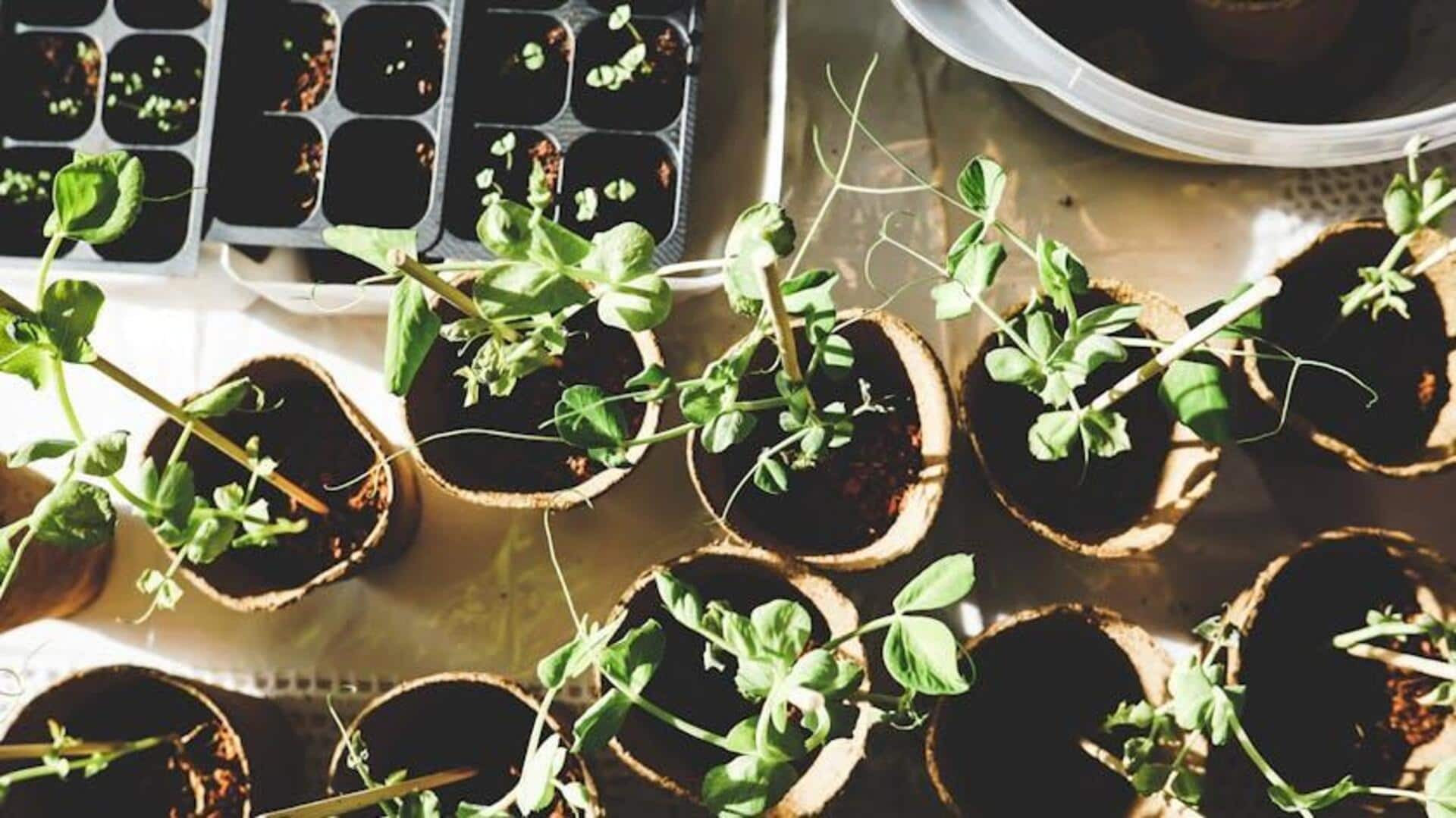
How to sow seeds (the right way!)
What's the story
Gardening is a rewarding hobby that allows you to connect with nature, and sowing seeds is one of the most essential parts of it. It may seem simple, but knowing the right techniques can make all the difference in how well your plants grow. Here are some practical tips for beginners to sow seeds like a pro, ensuring healthy growth and vibrant gardens.
Tip 1
Choose the right seeds
Selecting appropriate seeds is critical for successful gardening. Consider your local climate, soil type, and the season before choosing seeds. Some plants thrive in cooler temperatures while others need warmth. Check seed packets for specific instructions on planting times and conditions. Choosing the right seeds lays a strong foundation for your garden.
Tip 2
Prepare the soil properly
Soil preparation is key to seed germination and growth. Start by clearing the area of weeds, rocks, and debris. Loosen the soil with a spade or fork to improve aeration and drainage. Adding organic matter like compost enriches the soil with nutrients that support seed development. A well-prepared bed gives seeds an ideal environment to sprout.
Tip 3
Plant at correct depth
Planting depth is critical for seeds to germinate. As a rule of thumb, small seeds should be sown just beneath the surface, while larger ones should be buried deeper, two to three times their size. The right depth ensures that seeds get adequate moisture and light, which are essential for sprouting.
Tip 4
Water consistently
Consistent watering is key to keeping your garden healthy. After sowing, water gently so that the soil remains moist but not soggy. Overwatering can drown seeds while underwatering can cause them to dry out. Adjust your watering schedule according to weather conditions; more frequent watering may be required during hot spells.
Tip 5
Monitor growth regularly
Regularly checking on your garden helps you identify any potential issues early on, like pests or diseases, that could affect plant health. It also allows you to make necessary adjustments, such as changing watering frequency or adding fertilizer if needed. Monitoring growth ensures that you maintain optimal conditions throughout each stage of development.